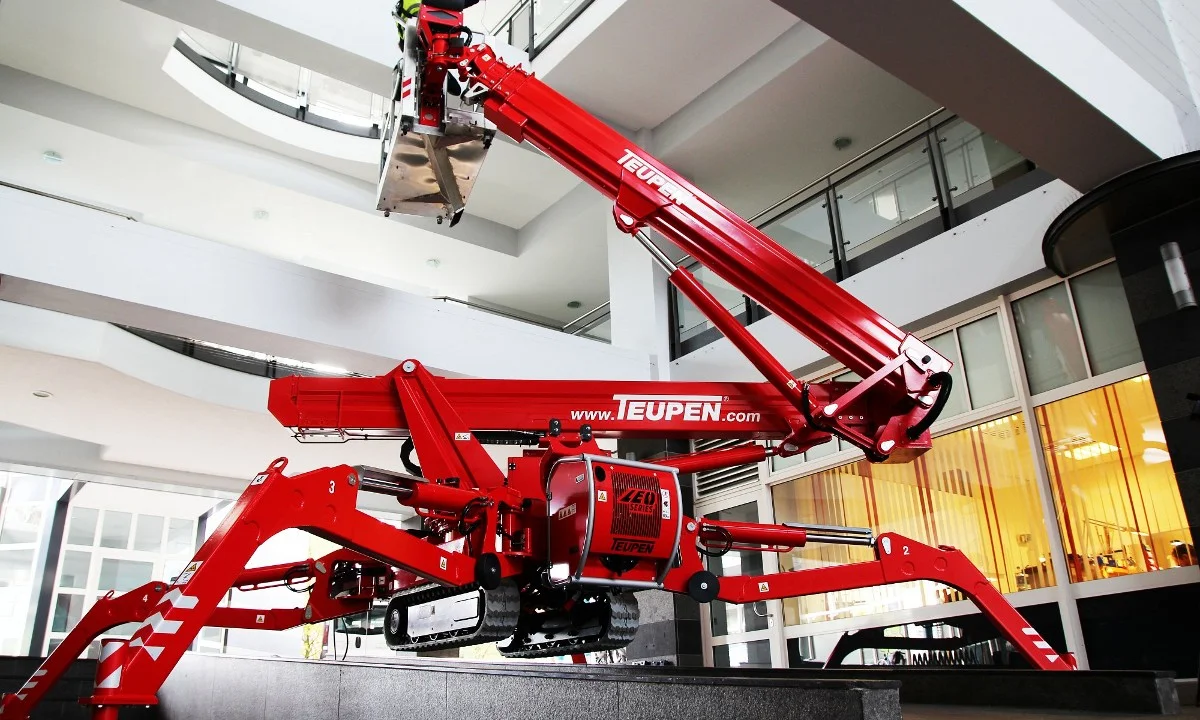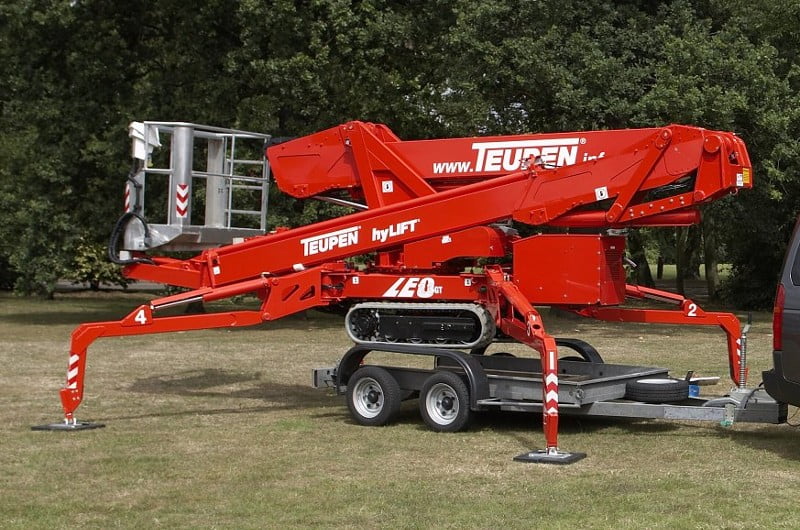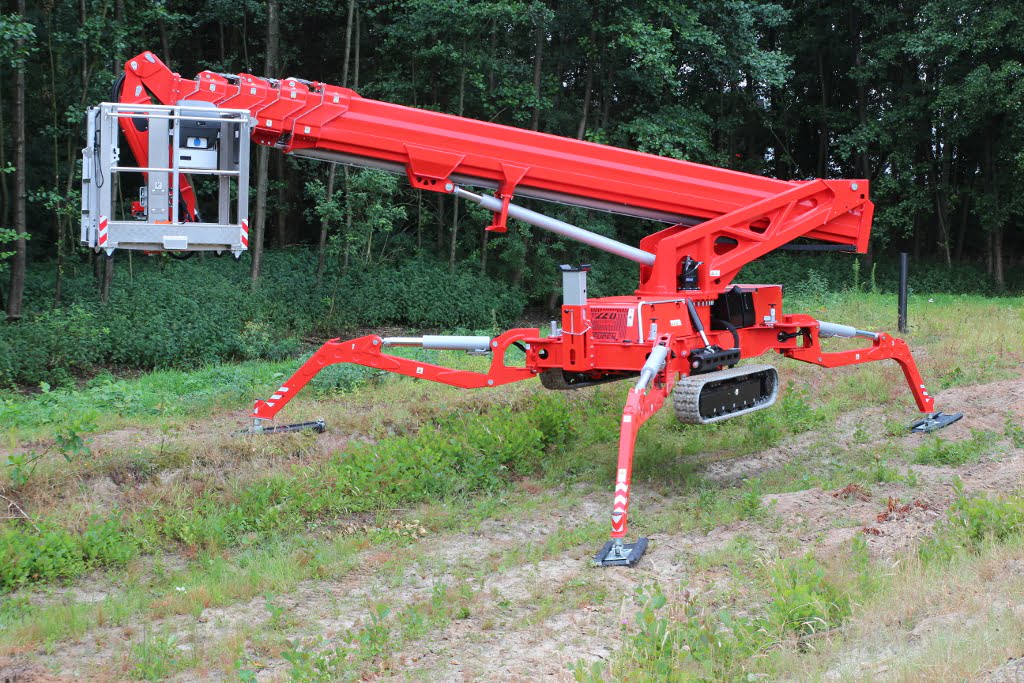When it comes to window cleaning, especially for high-rise buildings or hard-to-reach areas, choosing the…
How Safe Are Spider Lifts?
In the world of aerial work platforms, spider lifts have emerged as a popular choice for many industries. Their adaptability and reach make them invaluable for tasks that require elevation. However, as with any piece of machinery, safety concerns naturally arise, especially when considering hiring one. In this post, we take a closer look at the various safety aspects of spider lifts, evaluating their design, operational features, and the precautions taken to ensure they remain a trustworthy tool for your elevated tasks. Continue reading to learn more.
Built for Stability
Spider lifts are designed with stability in mind. Their legs, reminiscent of a spider’s, spread out to provide a solid base, ensuring the platform remains stable even when fully extended. This design minimises the risk of tipping, a concern often associated with elevated work.
Provide Advanced Safety Features
Modern spider lifts come equipped with a range of safety features. These include overload sensors, which prevent the lift from operating if the weight on the platform exceeds safe limits. In addition, spider lifts have ground pressure monitors, which ensure that the lift is used on stable ground, reducing the risk of sinking or tipping. They also feature emergency descent mechanisms. This means that in the unlikely event of a power failure, these mechanisms allow the platform to be safely lowered.
Operator Training and Certification is Essential
Safety isn’t just about equipment; it’s also about the person operating it. Proper training is crucial. Operators learn not only how to use the lift but also how to assess environmental risks, such as unstable ground or adverse weather conditions. Certification programmes ensure that operators have demonstrated their competence in using spider lifts safely.
Have a Compact and Robust Design
The compact design of spider lifts is not just for easy transportation and access to tight spaces. It also contributes to safety. Their lightweight nature reduces ground pressure, making them less likely to cause surface damage or sink into softer terrains. Despite their lightweight design, they are robust and built to adhere to stringent safety standards.
Need Regular Maintenance Checks
Like all machinery, the safety of a spider lift is also dependent on its condition. Regular maintenance checks are essential. Before each use, operators should inspect the lift for any signs of wear, damage, or malfunction. Regular professional inspections can also identify potential issues before they become significant safety concerns.
Their Comparative Safety
When compared to other methods of working at height, such as ladders or scaffolding, spider lifts offer enhanced safety. They provide a stable platform, reducing the risk of falls. Their mobility means that workers don’t have to reposition them as frequently as ladders, reducing the number of times a worker must climb up or down.
Have Safety Limitations
While spider lifts are inherently safe when used correctly, they are not immune to accidents. Most incidents occur due to improper use, environmental factors and lack of maintenance.
Need to Hire a Spider Lift?
Spider lifts, with their advanced safety features, stable design, and the emphasis on operator training, are among the safest options for aerial work. However, like all machinery, their safety is contingent on proper use, regular maintenance, and respect for their operational limits.
Need to reach areas that are currently hard to reach? Thinking about spider lift hire? Here at Tracked Access, we are a leading UK supplier with over 20 years of expertise, providing a vast selection of access equipment for sale and hire.
From Telescopic to Articulated Spider Lifts and renowned brands like JLG and Hinowa, we cater to all your needs, offering excellent choices at affordable rates. To enquire about tracked spider lift hire, please contact us at 0330 332 0714.


